PowerTap Quarq P2 power meter pedals review
We put the PowerTap Quarq P2 pedals through their paces in the search for the ideal power meter companion
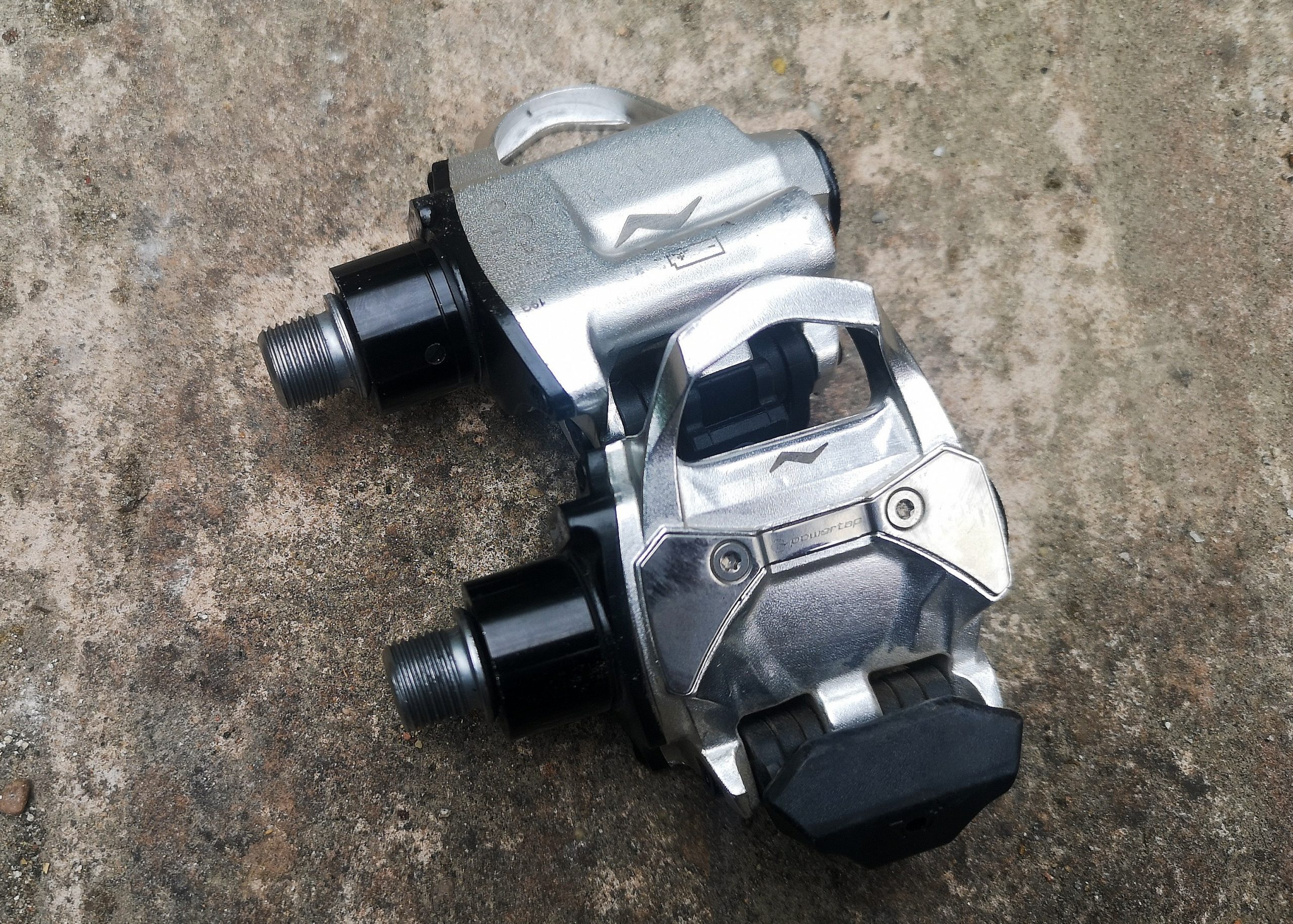
After one month of almost daily use, these power meter pedals have proved to be reliable - a six month revisit will see if they pass the test of time and more importantly the effect of accumulated weather. They're not the lightest, nor are they the prettiest power meter pedal on the market, and SRAM's AXS app could be improved to make these feel a little more part of the family. However, these pedals do what they say on the tin - proving to be a reliable training partner, which is what most of us really want from a watt box.
-
+
Battery housing
-
+
Sturdy design
-
+
Robustness
- +
-
-
Weight
-
-
Aesthetics
You can trust Cycling Weekly.

I've been a part of more impassioned conversations about power meter pedals than almost any other component group within cycling - save perhaps wheels and saddles.
A power meter you can swap between bikes is the dream for a lot of riders, but because pedals are exposed to so much muck, it's not uncommon for inaccuracies to occur - and an inaccurate power meter is basically a very expensive paper weight.
My time with the PowerTap Quarq P2 pedals has - thankfully - been incredibly amicable, with no data issues after 50 hours of riding. However, this review will come in two parts - first, this one month 'initial impressions' post; then I'll bring an update after at least six months of use and abuse in rain, wind and shine.
For an immediate insight into long term performance, check out our long term review of the PowerTap P1s. Briefly addressing naming convention, PowerTap was purchased by SRAM - which also owns Quarq - in 2019, hence the pedals now sit under their umbrella.
The pedal body
The P2 pedal is a pretty burly customer, coming in at 398g for a pair (with the batteries). In a rare occurrence, that's exactly what I got on the scales - and it's heavier than the likes of the Favero Assioma pedals (304.8g) and the Garmin Vectors (316g).
That is a fairly sizable weight difference. However, with that comes a very robust body. The P2s house all of the expensive componentry in a protective aluminium casing, the battery cover is aluminium and this sits snuggly into an aluminium thread.
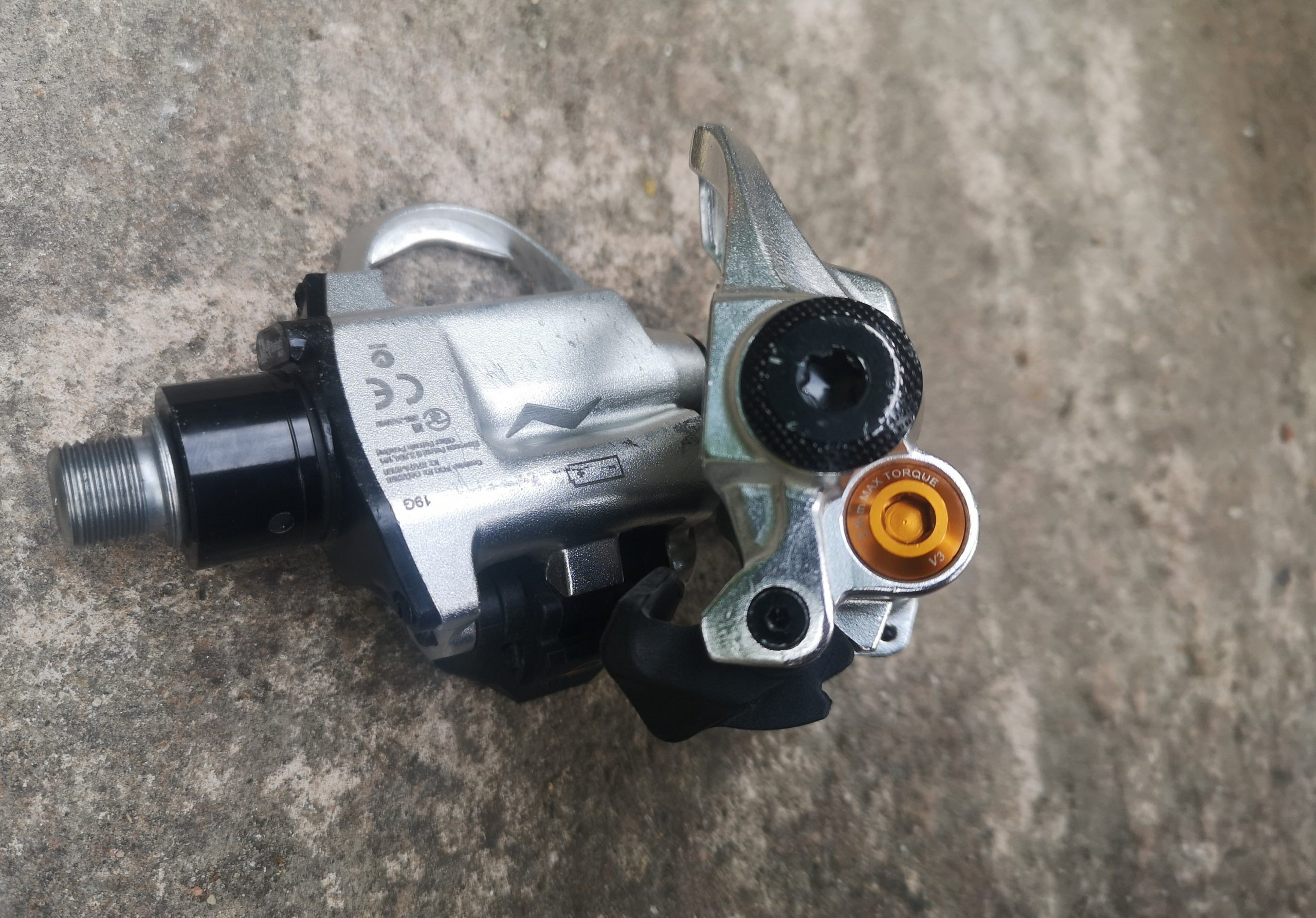
The P2 pedals avoid a major pet peeve if mine - which is a metal thread mated to a plastic casing. This approach just doesn't work for anyone prone to rushing things - which, ask any bike shop mechanic, is a lot of people.
Unlike the competitors, they're also silver. Make of that what you will.
The pedals use AAA batteries. These must be Lithium, and SRAM is clear that using incorrect batteries will void your warranty. The claimed life is 80 hours and mine are still going strong with no changes required yet (though I've unscrewed the cap plenty of times to see if I could break it). The app shows me a green battery icon though I can't find an actual percentage which is a shame.
The PowerTap Quarq P2 pedals incorporate a strong rubber seal as further weatherproofing and this always sat flush.
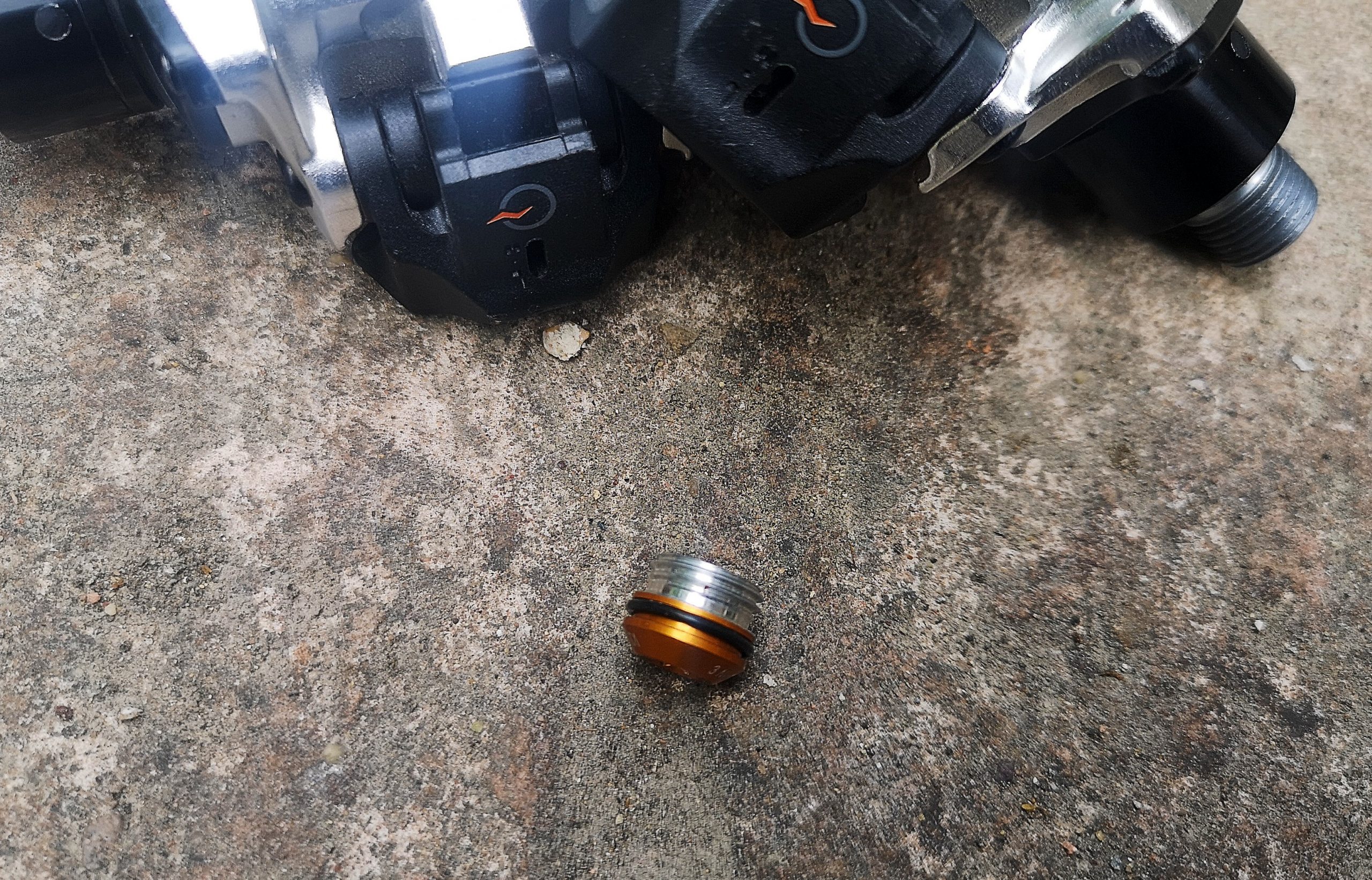
The stack height on these is 14mm - which is around 3mm taller than on competitors. This isn't a major issue, if you're a real micro adjuster you may wish to increase your saddle height by 3mm in line with the change. I never had any issues with clipping these pedals, but then I've only ever clipped a pedal in a race (when brain and body sometimes momentarily divide) so I'll have to hold fire on judgement there.
Fitting and removing the pedals with an 8mm Allen key was a two minute job every time, there's no set torque requirement. As per all the existing options, these run with a Look style cleat though you are meant to use PowerTap's own version. The supplied red cleat provided a lot of float for me, so I used a standard grey Look cleat - this isn't advised by the brand but worked fine for me. I've done the same with all other power meter pedals.
There is a tensioning screw to allow you to create a firmer hold, which I used to the desired effect. The engagement and clasp isn't as strong as the likes of a top end Look Keo Blade carbon pedal, but then that applies across the board.
I did find that when heading off for a ride it sometimes took me a little longer than normal to locate my pedal with my foot. I almost always had to look down. Of course in the current situation I've had no opportunity to test quick clipping in ahead of a race, but this is something that would add to start line nerves for me. I put the strange sensation down to the way a normal pedal spins freely on its axle, whilst the P2s seem to present quite a bit of stiction which means they don't flip so easily when you nudge one with your foot.
Changes in temperature, and wet conditions can both spell issues for power meters, typically causing battery draining and all manner of dodgy data. Whilst a longer term review will be needed to comment on their weatherproofing, I stored these pedals on a bike in an outdoor shed during chilly nights with no issue.
Connection
The pedals submit data via Bluetooth and Ant+ Smart - no surprises there.
I used the P2 pedals paired to a Garmin Edge 520 and then a Garmin Edge 1030 computer - the pedals always came up quickly on the device, setting crank length, zero-offsetting and calibration were all simple. The Garmin 1030 screen could show me pedal smoothness and torque effectiveness on screen - useful if you know what to do with the data and have the brain capacity to engage it during intervals.
Because power meter numbers do vary between units, I wanted to use the P2s when training aboard the Wahoo Kickr bike I also have on test, allowing me to have consistent data at all times. However - hooking up to Zwift, I noticed that my power numbers were halved.
The inability to draw in the two pedals and show combined power meter data on Zwift via Bluetooth isn't a PowerTap only problem, it's a Zwift problem. Other pedal brands overcome it by converting the pedals to a single sided unit, but PowerTap hasn't enabled this. I just used the Kickr numbers - and the brand says those that want their PowerTap data on Zwift would need to use an Ant+ stick.
Accuracy and reliability
Anyone who trains with power zones will know how frankly infuriating it is when a power meter stops working. Once you're used to training with watts, heart rate and RPE are not the same. I never had to contend with this issue whilst using the P2s. Occasionally, I had a 'right sensor missing' message after a stop by the side of the road, but connection was always up and running in seconds of pedalling.
PowerTap gives an accuracy rate of +/- 1.5 per cent which is within reasonable range at this price point. The accuracy rate given by a power meter brand refers to its 'precision' - which is the variability between that power meter's own numbers. So a 250 watt effort on the P2 should read between 246 and 253 watts at all times.
The accuracy rate doesn't refer to 'trueness' - reliability vs the actual finite power produced. To obtain that - reliably - you'd need to go to the measures of hooking a cyclist up on a downhill treadmill and have them pedal against a weight, as per this study which looked at precision and trueness of 54 power meters in 2017.
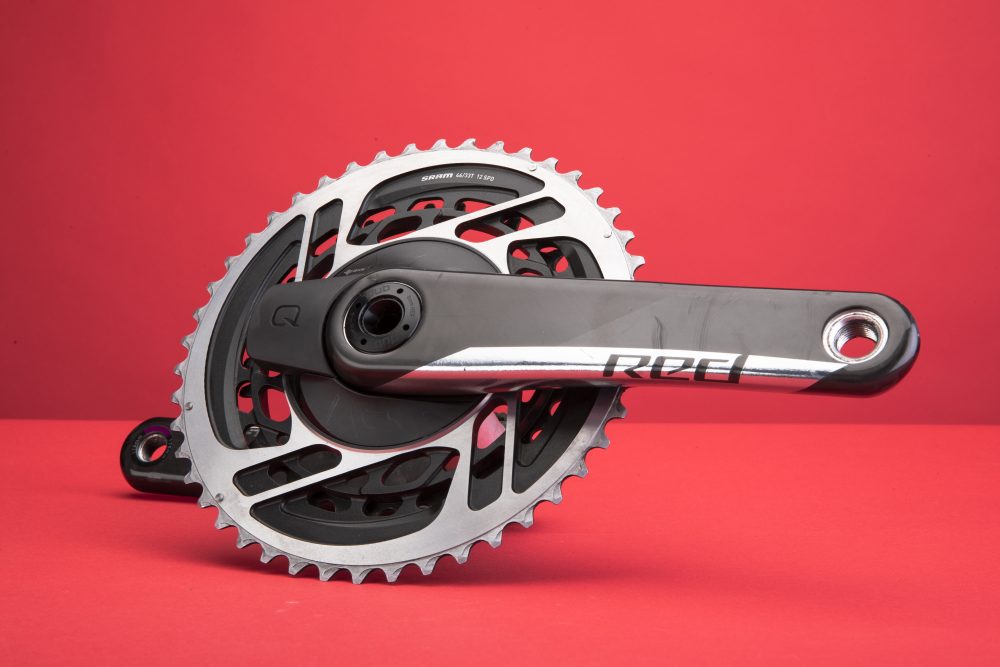
However, understandably people want more of a guide as to whether one brand typically 'over' or 'under' reads, and any drastic deviations of course would be a red flag. Whilst it's an imperfect science, tested against a Quarq DZero chainset powermeter I found that the P2 pedals read 3 per cent higher on sprint efforts - which makes a lot of sense due to drivetrain losses - and around 3 per cent lower on endurance efforts and overall average.
On the ride in question the P2s showed a slightly different L/R balance at 48/52 per cent vs a perfect 50/50 from the Quarq DZero chainset - but that'll be because the Quarq DZero doesn't actually measure power independently per leg, instead looking at what part of the pedal stroke the power is coming from. So, in short on L/R balance the pedals are much more accurate.
Regardless of difference between power meters, what's important is that if you're consistently using the same power meter, you can trust the numbers to show you performance progression (or regression) - and the readouts from the P2s never had me raising an eyebrow.
Working with the app
Since being bought by SRAM, PowerTap products now use SRAM's AXS app - as opposed to the previous 'Power Mobile' app.
It's this app that you'll need to use to issue firmware updates, and you can also use it to set crank length, zero offset and calibrate. I could also see that the battery life was 'good' (still green) after 50 hours, though I couldn't find a finite percentage.
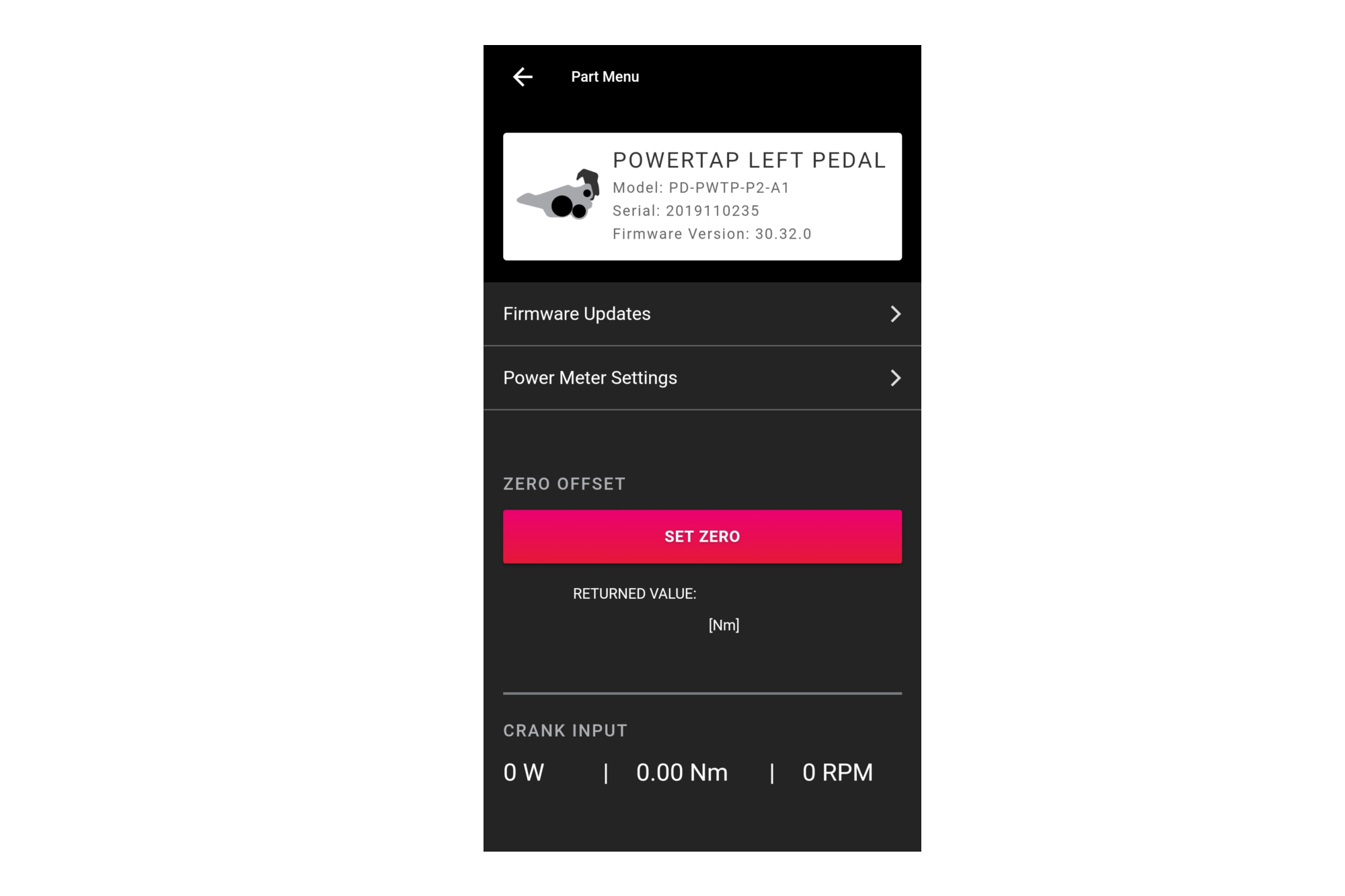
Interestingly, where other power meter pedal brands offer detailed pedal metrics inside the platform, the SRAM AXS offers no such detail - all of that will have to come from a third party.
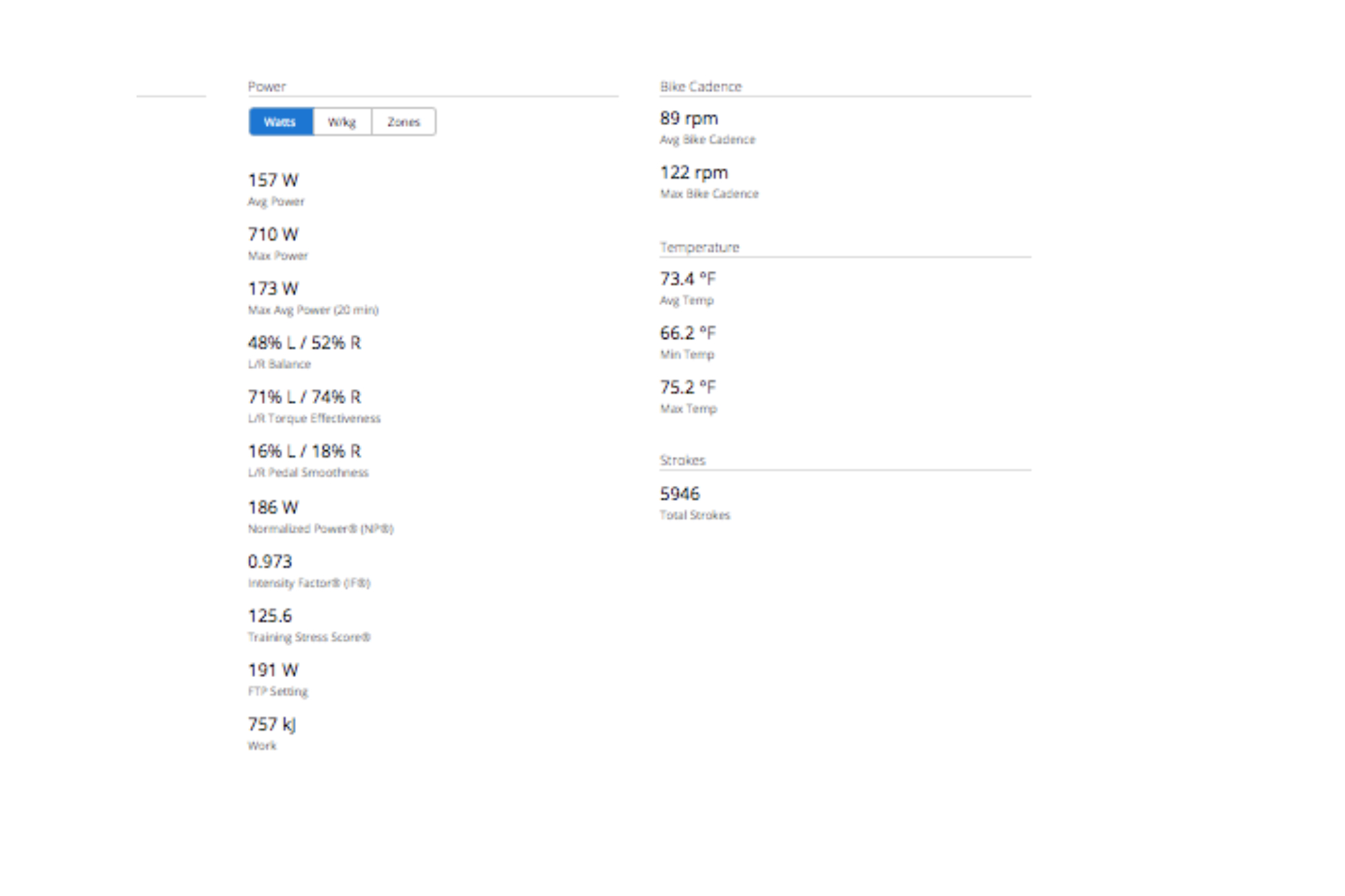
I used Garmin Connect for this, which felt like a slightly odd application with the Vector pedals being such an obvious competitor, but the process was smooth and I had access to all the data I could feasibly put to good use.

Thank you for reading 20 articles this month* Join now for unlimited access
Enjoy your first month for just £1 / $1 / €1
*Read 5 free articles per month without a subscription

Join now for unlimited access
Try first month for just £1 / $1 / €1
Get The Leadout Newsletter
The latest race content, interviews, features, reviews and expert buying guides, direct to your inbox!
Michelle Arthurs-Brennan the Editor of Cycling Weekly website. An NCTJ qualified traditional journalist by trade, Michelle began her career working for local newspapers. She's worked within the cycling industry since 2012, and joined the Cycling Weekly team in 2017, having previously been Editor at Total Women's Cycling. Prior to welcoming her first daughter in 2022, Michelle raced on the road, track, and in time trials, and still rides as much as she can - albeit a fair proportion indoors, for now.
Michelle is on maternity leave from April 2025 until spring 2026.
-
 'I'll take a top 10, that's alright in the end' - Fred Wright finishes best of British at Paris-Roubaix
'I'll take a top 10, that's alright in the end' - Fred Wright finishes best of British at Paris-RoubaixBahrain-Victorious rider came back from a mechanical on the Arenberg to place ninth
By Adam Becket Published
-
 'This is the furthest ride I've actually ever done' - Matthew Brennan lights up Paris-Roubaix at 19 years old
'This is the furthest ride I've actually ever done' - Matthew Brennan lights up Paris-Roubaix at 19 years oldThe day's youngest rider reflects on 'killer' Monument debut
By Tom Davidson Published
-
 'One of the hardest races I've ever done in my life' - Tadej Pogačar finishes runner-up on Paris-Roubaix debut after crash
'One of the hardest races I've ever done in my life' - Tadej Pogačar finishes runner-up on Paris-Roubaix debut after crashWorld champion reacts to 'extremely hard' battle with Mathieu van der Poel
By Tom Davidson Published